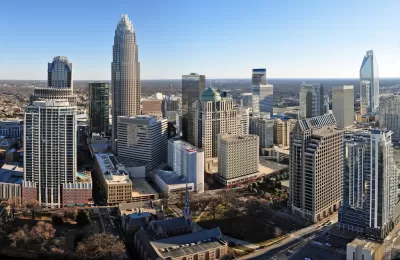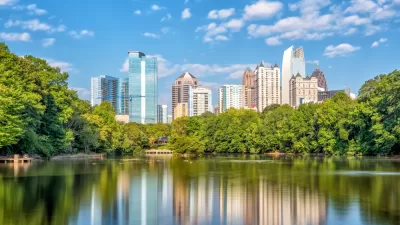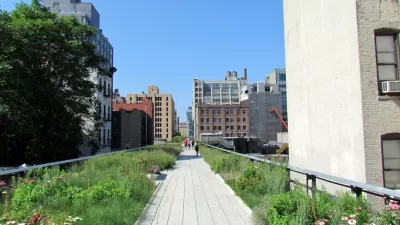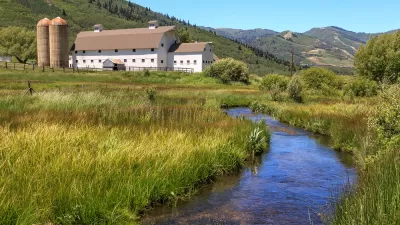North Carolina cities are thriving, but rural counties are not experiencing the same level of growth. Still, residents in rural areas say the numbers do not necessarily capture the whole picture.

Bruce Henderson and Danielle Chemtob take a closer look at the urban-rural divide through what is happening in North Carolina. The population of the state is increasing, but growth has been uneven. In terms of population, employment, and median household income, urban counties are seeing positive changes, while the state’s rural counties are lagging behind.
"The economic connection between cities and their surroundings is vital, [experts] say. Outlying counties are where food is grown, thousands of commuters live and city folk recreate. For all the millions of dollars invested in cities, [Brian] Dabson and others say, they will prosper only as well as their regions do," write Henderson and Chemtob.
While the statistics paint a somewhat dire picture, Henderson and Chemtob also describe rural areas where residents say their quality of life is good and they do not miss the amenities cities have to offer. A number of rural towns have also successfully reinvented themselves through tourism and diversified industrial bases.
And the division and differences between urban and rural areas may not be so clear-cut, they add. "Some cities struggle economically, after all, while many rural places thrive. Small towns, suburbs and commuter corridors act as bridges between them — all suffering traffic congestion, a shortage of affordable housing and loss of farmland to sprawl."
FULL STORY: NC cities grow at record pace while rural counties fall behind

Alabama: Trump Terminates Settlements for Black Communities Harmed By Raw Sewage
Trump deemed the landmark civil rights agreement “illegal DEI and environmental justice policy.”

Study: Maui’s Plan to Convert Vacation Rentals to Long-Term Housing Could Cause Nearly $1 Billion Economic Loss
The plan would reduce visitor accommodation by 25% resulting in 1,900 jobs lost.

Planetizen Federal Action Tracker
A weekly monitor of how Trump’s orders and actions are impacting planners and planning in America.

Waymo Gets Permission to Map SF’s Market Street
If allowed to operate on the traffic-restricted street, Waymo’s autonomous taxis would have a leg up over ride-hailing competitors — and counter the city’s efforts to grow bike and pedestrian on the thoroughfare.

Parklet Symposium Highlights the Success of Shared Spaces
Parklets got a boost during the Covid-19 pandemic, when the concept was translated to outdoor dining programs that offered restaurants a lifeline during the shutdown.

Federal Homelessness Agency Places Entire Staff on Leave
The U.S. Interagency Council on Homelessness is the only federal agency dedicated to preventing and ending homelessness.
Urban Design for Planners 1: Software Tools
This six-course series explores essential urban design concepts using open source software and equips planners with the tools they need to participate fully in the urban design process.
Planning for Universal Design
Learn the tools for implementing Universal Design in planning regulations.
Caltrans
Smith Gee Studio
Institute for Housing and Urban Development Studies (IHS)
City of Grandview
Harvard GSD Executive Education
Toledo-Lucas County Plan Commissions
Salt Lake City
NYU Wagner Graduate School of Public Service





























